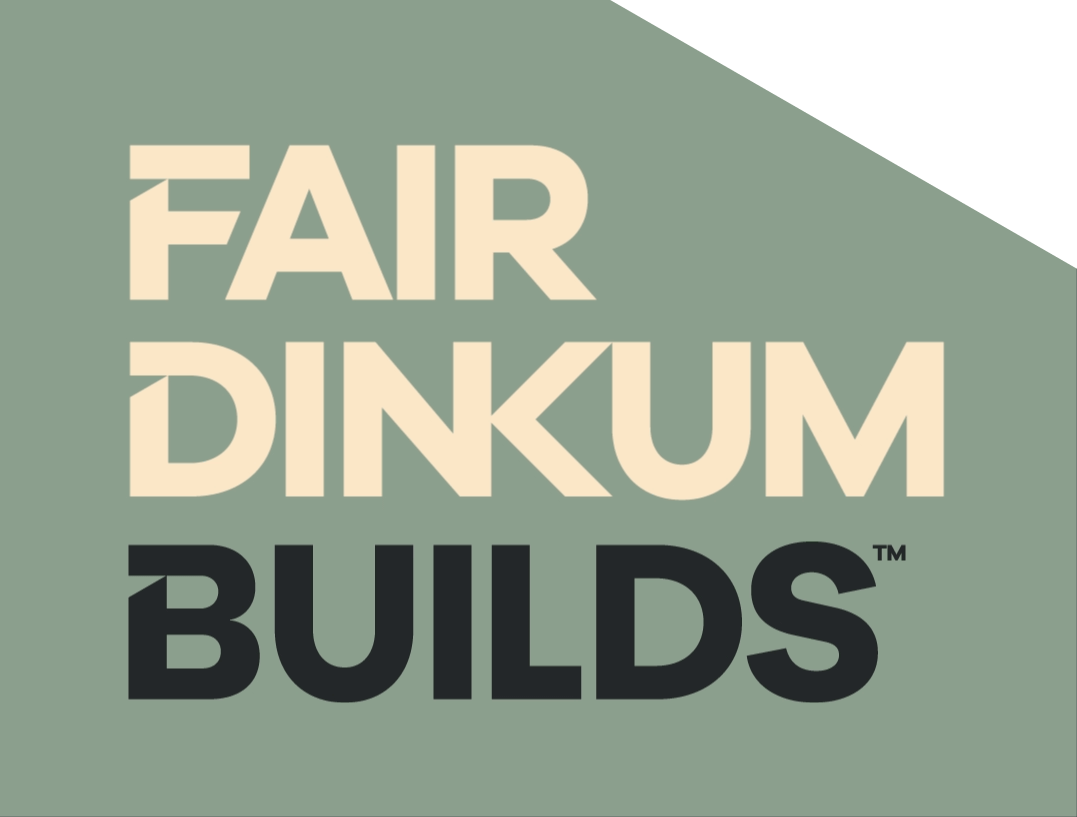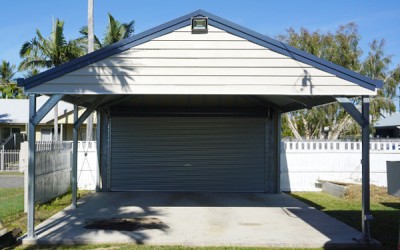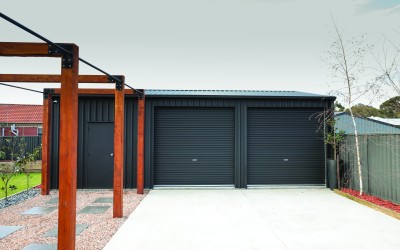
The great Aussie shed can be as unique as our DNA – a personal space used for so many different reasons.
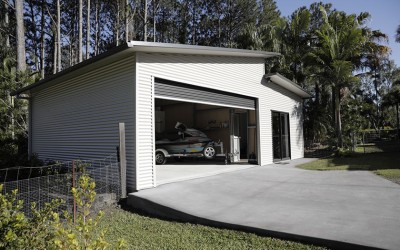
Increase the usability of your home and create a secure garage – either just for functional use, or to add an extra design feature to your home’s façade.

The Aussie barn – with its striking roofline – is the go-to for customers looking for the centre roof height of a barn, but without the drop of an American barn.
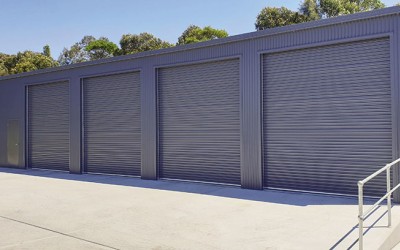
Whether you’re a self-storage facility, builder, owner, investor or buyer, we know self-storage.
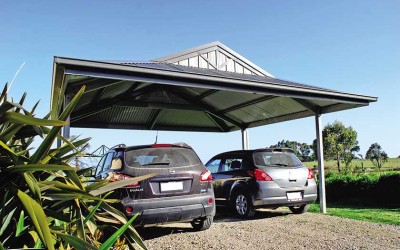
The carport is more than just a protected spot to park your car, it’s an Aussie icon.

The great entertainer – the Aussie patio. It’s not just a patio – it’s where you create memories to last a lifetime.
Hit enter to search or ESC to close
Do You Need Council Approval for a Carport in WA?
26 March 2025
If you're looking for a reliable way to protect your vehicle from the blazing Australian sun and Western Australia's unpredictable weather, a carport could be the perfect solution. But before you get to work with designing and building, there's one very important thing you'll need to think about; Do you need council approval for a carport?
Even though you're building on your own land, you might still need to seek permission from your local council before building a carport, and if you don't, you could be fined or even issued a demolition order! So, to avoid this and to make navigating the council approval process much easier, we've put together this complete guide. Here, you'll find everything you need to know about carport council approval in WA.
Types of Council Approval
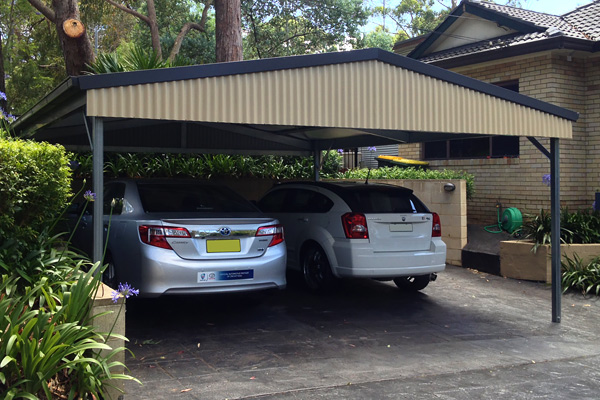
The first thing you should know is that when you're building a carport in Western Australia, your local council will assess the build under two categories: Planning Approval (sometimes called "Development Approval") and Building Permits. Depending on the size, location, and design of your structure, some carports may only need one of these, while other designs might require both. This is because each type of approval looks at different elements of your design.
Planning Approval assess the proposed' structure's compliance with local planning schemes, policies, and the Residential Design Codes (R-Codes). Put simply, the carport's size, where it's going to be located on your property boundary, and what impact it might have on the surrounding area are all looked into, among other things.
A Building Permit, on the other hand, is designed to assess whether or not the proposed build meets the necessary building standards and codes laid out in the National Construction Code. This includes looking into the structural integrity and safety of the carport.
When is Planning Approval Required?
Those are the two types of approval you might need, but how can you tell whether or not you actually have to go through the process of applying for them? Here are the most common cases in which Planning Approval is necessary, laid out in an easy-to-understand way:
-
Deemed-to-Comply: If your carport does not meet the specific criteria set out in the R-Codes, you'll likely need Planning Approval.
-
Setback Areas: If the carport is proposed within the primary or secondary street setback area, Planning Approval will be needed. For example, the City of Melville has a regulation that states Planning Approval may not be needed if the carport is set back 3.0 metres from the primary street or 3.0 metres from the secondary street, but will be needed if this area is exceeded.
-
Heritage Area: Properties listed on a heritage register or located within a heritage conservation area may require council approval to make sure the carport's design is in keeping with the heritage values.
-
Size & Height Limits: Carports that exceed certain size or height limitations will require council approval. These limitations vary between local councils, but as a general rule, it'll need to be less than 3.5 metres tall and no longer than 9 metres on one side.
It's really important to note here that each local council has its own planning rules and regulations, so while the above are general rules, the specifics of carport Planning Approval will depend on where you live.
When is a Building Permit Required?
Even if your proposed carport doesn't need Planning Approval, there's still a good chance it will require a Building Permit to make sure it complies with the regulations set out in the National Construction Code. However, there are exceptions for certain structures, and you might not need a Building Permit if:
-
The carport has a floor area that does not exceed 10m².
-
The carport is no more than 2.4 metres tall.
-
The carport is not located in wind regions C or D as defined in AS 1170.2.
As always, it's important to remember that these regulations vary across different local councils in Western Australia and you should always check for any updates or specifics before you start your build, even if your proposed carport falls within the exemptions listed above.
How to Apply for Carport Council Approval in WA
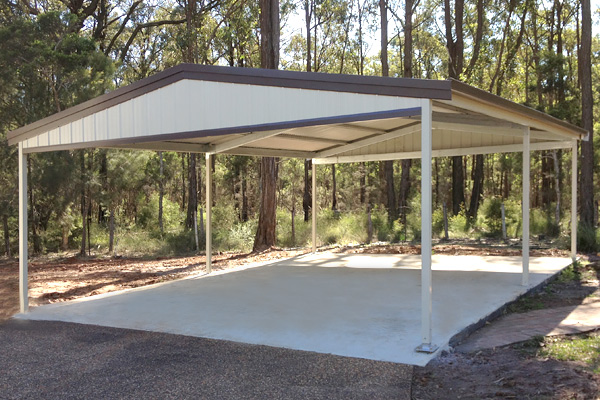
Assuming your project does require council approval (and in most cases, it probably will), you'll need to go through the process of applying for it. This can feel like a complicated thing to navigate, and as part of our carport building service, it's something we can do for you. But, to give you a general idea of what's involved, here's how to apply for carport council approval in WA:
Step 1: Prepare Your Documents
The first step is gathering and preparing all the necessary supporting documents to submit alongside your application form. This usually includes a detailed site plan, elevation drawings, and structural engineering details. Some councils provide pre-approved design templates for common carport styles, which if available, are definitely worth using as they can speed the process up quite a bit.
Step 2: Submit Application
Once you have all the required documents together, you'll need to lodge your application with your local council. You can do this through Western Australia's Planning Portal. There will also be fees payable when you submit your application, and these vary between councils but you'll be made aware of the costs when completing your application.
Step 3: Assessment and Approval
With your application submitted, the council will review your proposal and make sure it follows all of their rules and regulations. This can take anywhere up to 60 days on average, with more complex projects taking longer, and you may also be asked to provide additional information during this time. If this does happen, make sure you respond as quickly as possible to avoid delays!
Step 4: Construction and Final Certification
If everything seems to be in order, the council will issue you with a formal approval and this means you can begin building your carport. You must follow the approved plans exactly as submitted during construction, as deviating from them could result in having to go through the entire process again once the build is complete or, even worse, being fined or ordered to demolish the structure. The council might also require a final inspection or Certificate of Compliance to confirm that the carport has been built to the approved plans, and once that's done, your carport is fully approved and legally compliant.
What Happens if I Build a Carport Without Council Approval?
Building a carport without required Planning Approval or Building Permit can lead to some very serious consequences, including receiving a notice of non-compliance along with a fine or demolition order. These fines are small either, and under Section 29 of the Building Act 2011 (WA), you can be fined up to $50,000 for building without the correct approvals.
That's not all, though. Unapproved carports can also create problems when selling your property, as many buyers request proof of council approvals for outdoor structures. There are also potential issues with insurance, too, as most insurance providers will refuse to cover damage caused to or by an unauthorised structure, leaving your financially liable for repairs or legal claims.
So, while it might feel like a complex or lengthy process to deal with, making sure your carport is approved and compliant will save you from loads of potential problems further down the line.
Build the carport of your dreams with Fair Dinkum Builds
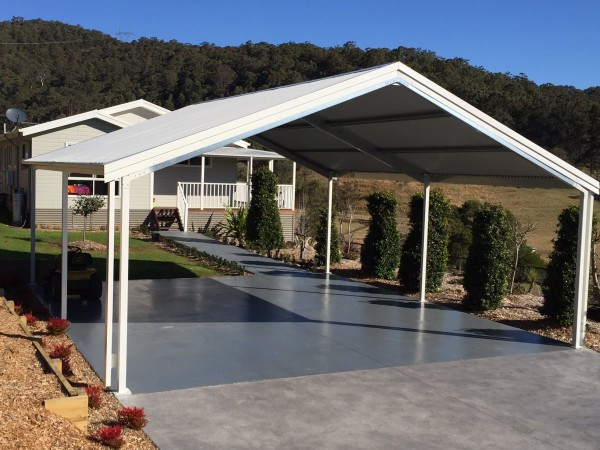
The big takeaway here is that while building a carport in Western Australia is undoubtedly a good way of protecting your vehicle from the elements, you absolutely have to check your local council's regulations and planning requirements. There isn't a set rule on this for all of WA, and while there are some general rules and exemptions, they will vary depending on where you live. The easiest way of navigating this is by leaving it to the professionals at Fair Dinkum Builds, who will handle all the paperwork on your behalf and make sure everything is compliant. Build your own custom built carport here.
More stories you may be interested in
22 October 2025
Gable vs Skillion Roof Sheds
There are so many factors that you need to consider when building a shed, and one of the most important is the type of roof it will have. The roof style and pitch don't just impact the aesthetics of your shed, but its strength, drainage, and how it fits in with the rest of your property, too.
22 October 2025
Single Garages vs Double Garages
Anyone considering building a garage must make a crucial choice: should you build a single or a double garage? Both options come with their own benefits, but ultimately, it often comes down to a few factors.
